[Brian] has a fairly large 400 liter aquarium and loves the fish that call it home. Unfortunately, sometimes life gets in the way of keeping those fish fed on a regular basis. There are automatic fish feeders out there on the market and [Brian] gave one a try. Although it worked, it dropped one huge clump of food in at a time (rather than sprinkling it in), the food hopper held a very small amount of food and the unit drained a new set of batteries in less than a week. Fifty euros were spent on purchasing that auto feeder and in the end it wasn’t any more convenient than just feeding the fish.
Faced with a tough decision on whether or not to buy another product he may not be happy with, [Brian] decided to make his own automatic fish feeder system out of parts anyone can find lying around the house. The main housing is a small Tupperware bin, inside of which 3 pieces of plastic were glued together to make a v-shaped hopper. The fish food is loaded into the hopper and as it falls to the bottom it meets a reverse-spinning drill bit that acts like an auger, pushing the food out of the container. The drill bit is powered by a small stepper motor connected to the drill bit by an improvised coupling made from a silicone sealant cap!
The control system is an Arduino and a stepper motor driver chip. Through trial and error [Brian] figured out that 100,000 half steps of the motor dumped a good amount of food into the tank. The drill bit delivery method even sprinkles the food nicely for total fish enjoyment. To keep the food flowing at regular intervals, an AC timer unit controls how often the Arduino is powered on and subsequently feeds the fish.
Continue reading “DIY Auto Fish Feeder Feeds Fish Automatically”

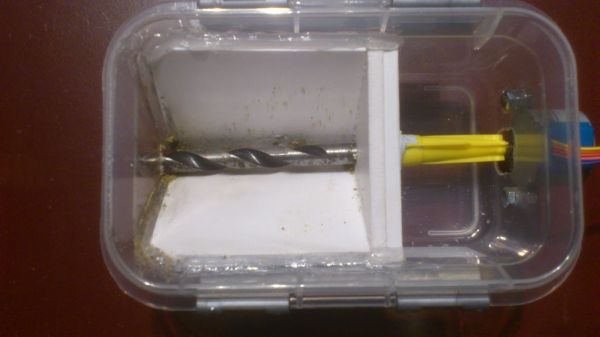
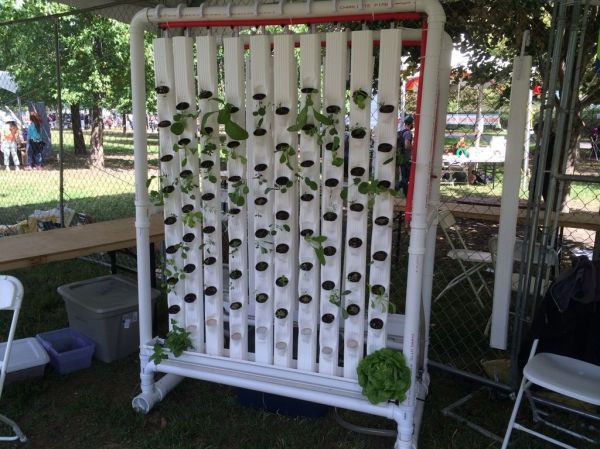
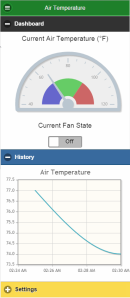 The potential urban farmer may not be super excited about tending to his crops. This is where the robot portion of the RUFS system comes into play. There are two control systems that work independently of each other. The first is for indoor applications and controls light cycles and circulation fans. The second is a little more complex and controls the watering portion of the system. Not only does it water the plants at pre-determined intervals but it also monitors the pH, nutrient and water levels inside the reservoir. Both these systems are Arduino-based. For extreme control freaks, there is one more add-on available. It’s Raspberry Pi based and has an accompanying mobile app. The Pi records and logs sensor data from the Arduinos and also allows remote updating of the watering and light schedules. The mobile app lets you not only look at current conditions of the system but also displays the historical data in a nice visual graph.
The potential urban farmer may not be super excited about tending to his crops. This is where the robot portion of the RUFS system comes into play. There are two control systems that work independently of each other. The first is for indoor applications and controls light cycles and circulation fans. The second is a little more complex and controls the watering portion of the system. Not only does it water the plants at pre-determined intervals but it also monitors the pH, nutrient and water levels inside the reservoir. Both these systems are Arduino-based. For extreme control freaks, there is one more add-on available. It’s Raspberry Pi based and has an accompanying mobile app. The Pi records and logs sensor data from the Arduinos and also allows remote updating of the watering and light schedules. The mobile app lets you not only look at current conditions of the system but also displays the historical data in a nice visual graph.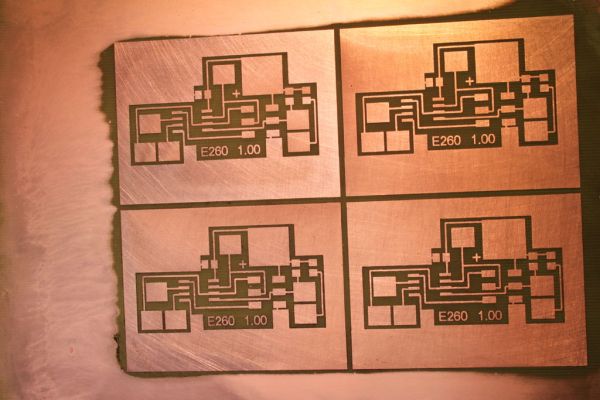

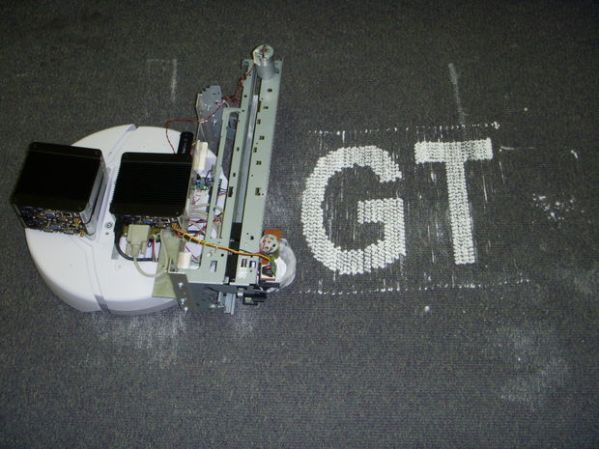

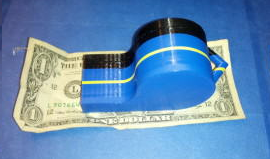 [Jon] used liked Mach3 for controlling his CNC Router so he stuck with it for printing. He’s tried a few slicers but it seems Slic3r works the best for his setup. Once the g-code is generated it is run though Mach3 to control the machine. [Jon] admits that he has a way to go with tweaking the settings and that the print speed is slower than most print-only machines due to the mass of the frame’s gantry and carriage. Even so, his huge whistle print looks pretty darn good. Check it out in the video after the break…
[Jon] used liked Mach3 for controlling his CNC Router so he stuck with it for printing. He’s tried a few slicers but it seems Slic3r works the best for his setup. Once the g-code is generated it is run though Mach3 to control the machine. [Jon] admits that he has a way to go with tweaking the settings and that the print speed is slower than most print-only machines due to the mass of the frame’s gantry and carriage. Even so, his huge whistle print looks pretty darn good. Check it out in the video after the break…










